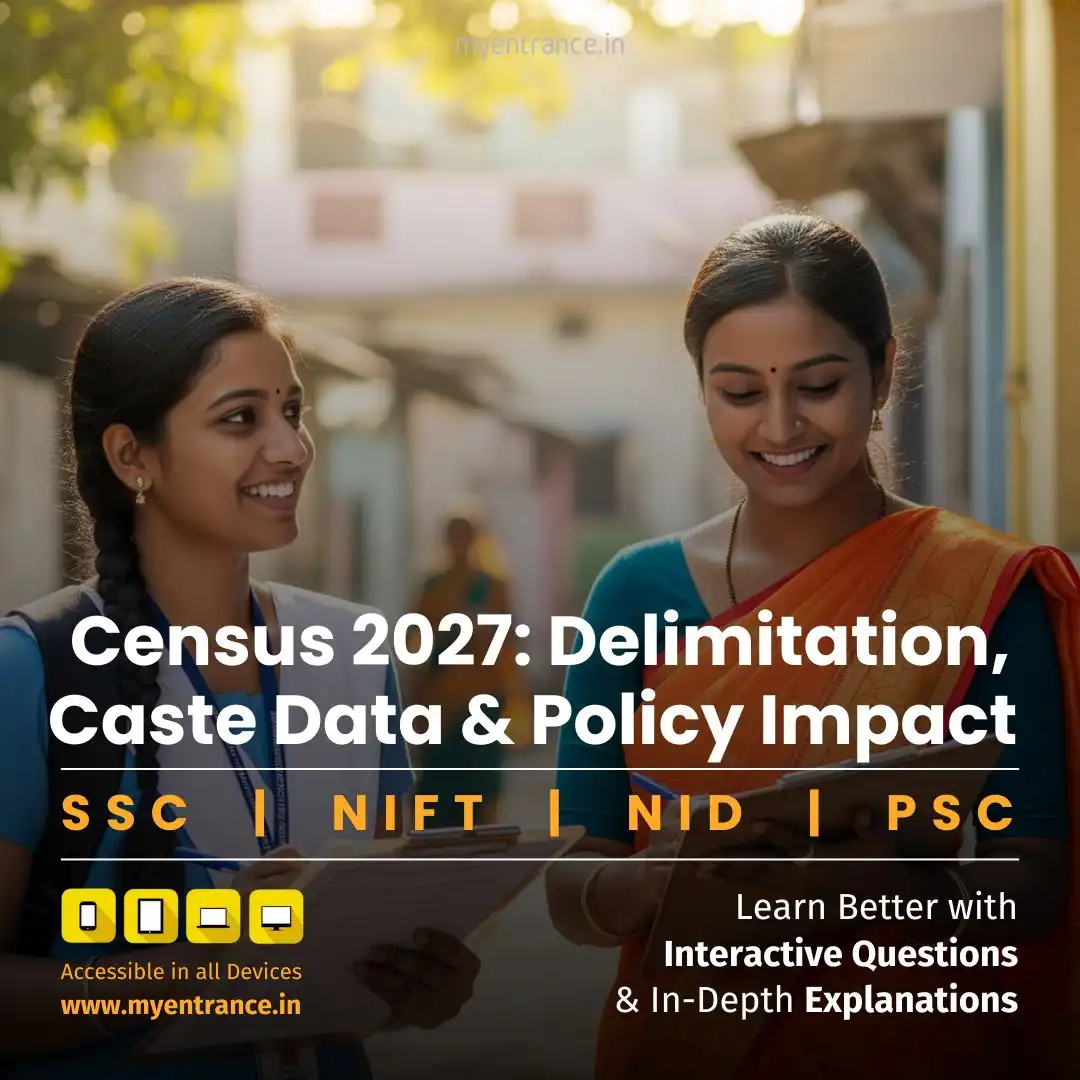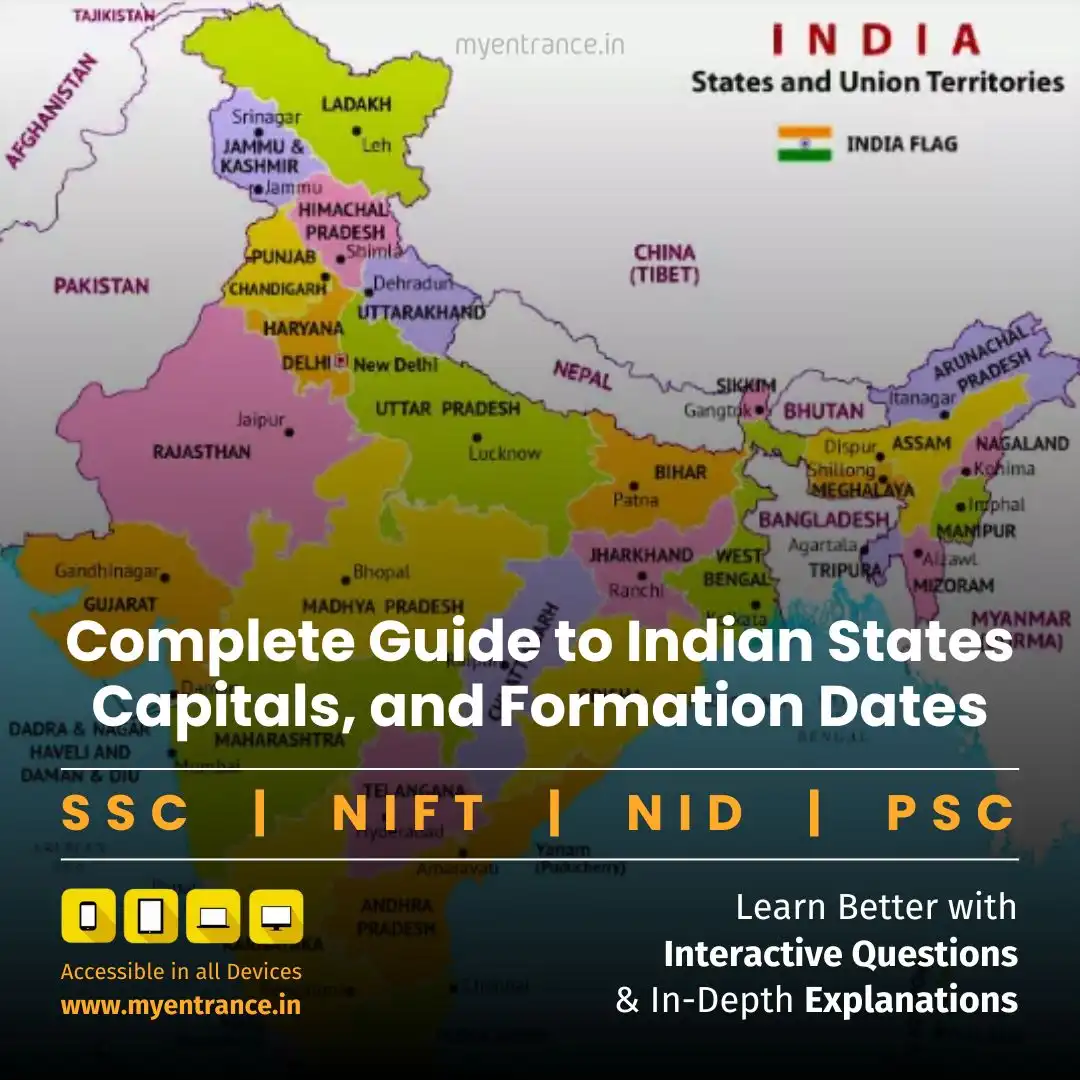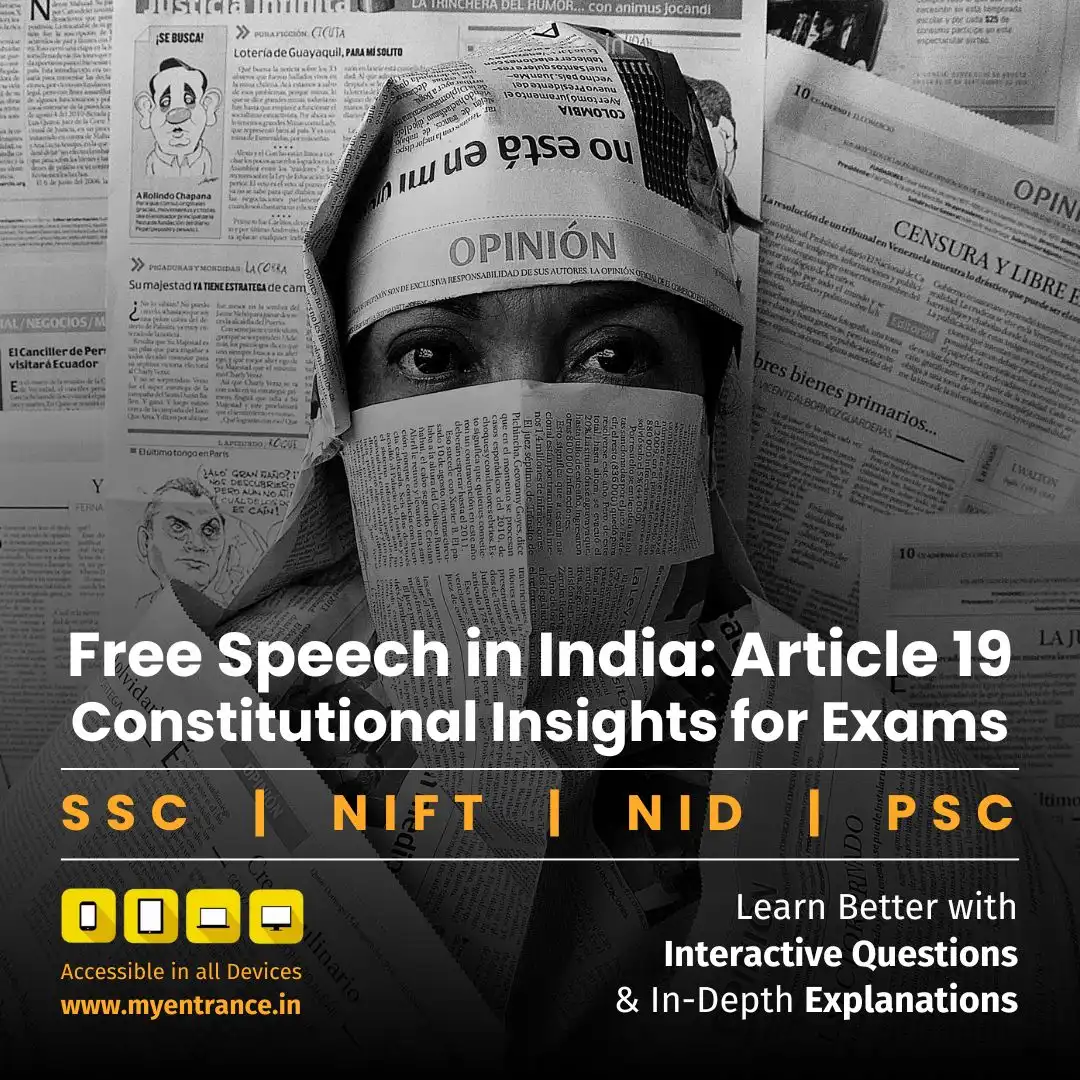Select Language
Census Delay to 2027: Decoding Delimitation Fears, Caste Surveys & Governance Challenges
India’s first Census in 16 years will redefine political representation through delimitation and ignite debates on caste data collection. This exercise will anchor future policies on population, welfare schemes, and federal balance.
Why the 2027 Census Matters
India’s decennial Census – postponed from 2021 due to COVID-19 – is now slated for 2026-2027. Unlike routine counts, Census 2027 will trigger high-stakes political and policy shifts:
Delimitation: Lok Sabha seats will be reallocated based on 2027 population data, potentially reducing southern states’ representation (due to lower growth) and boosting northern states.
Caste Census: First official caste data since 1931 could reshape OBC/MBC reservation policies and welfare targeting.
Key Concepts Simplified
Census vs. SECC vs. Caste Census:
Census: Universal socio-economic snapshot (e.g., literacy, migration).
SECC (Socio-Economic Caste Census): 2011’s poverty-focused survey (excluded caste data).
Caste Census: Proposed OBC/MBC enumeration to guide affirmative action.
Delimitation Dynamics:
Post-2026, Lok Sabha seats will be redistributed using Census 2027 data. Southern states like Kerala/TN (population share ↓) may lose seats to UP/Bihar (share ↑).
Policy & Governance Implications (GS-II)
Welfare Design: Census data anchors schemes like NFSA (food security), PMAY (housing), and NREGA fund allocation.
Urban Planning: Migration data (e.g., rural→urban flow) shapes smart city infra and job policies.
Federal Tensions: Southern states oppose “penalizing” population control success via seat cuts.
Challenges & Controversies (GS-I)
Data Credibility Risk: Politicization may skew responses (e.g., inflated caste numbers for quotas).
Resource Strain: Mobilizing 30 lakh enumerators (mostly teachers) risks disrupting education.
Statistical Lag: 16-year data gap distorts inflation calculations, poverty estimates, and market surveys.
Why Census is India’s Statistical Backbone
Anchors CPI inflation basket weights (e.g., 46% for food).
Guides private sector investments (e.g., rural car demand forecasts).
Tracks migration – the “hidden variable” in state population projections.
Sample Q&A for Exam Prep
Q (Prelims): Under which constitutional provision is the Census conducted?
A: Union List (Entry 69) empowers Parliament to legislate on Census.
Q (Mains GS-II): How might Census 2027 data influence India’s welfare schemes?
A: It will recalibrate fund allocation (e.g., NFSA/PMJAY) using updated poverty, migration, and demographic data.
Q (Mains GS-I): Explain the delimitation concerns of southern states post-Census 2027.
A: Southern states fear losing Lok Sabha seats due to lower population growth despite better socio-economic indicators, reducing their political influence.
Q (Prelims): Which ministry oversees India’s Census?
A: Ministry of Home Affairs (Registrar General of India).
Q (Mains GS-II): Why is a caste census contentious?
A: Risks include data misuse for vote-bank politics, legal challenges to reservation caps, and exacerbating social divisions.
Most Predicted Questions
Comprehensive study materials, Expert-guided tips & tricks, Mock tests and instant results.
Start your SSC, NIFT, NID, FDDI, PSC journey today with MyEntrance, your ultimate online coaching platform.








